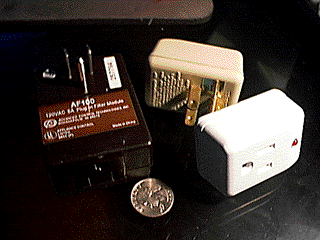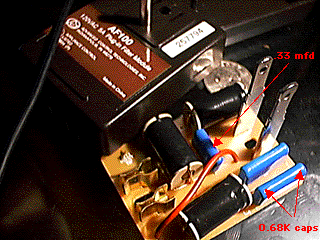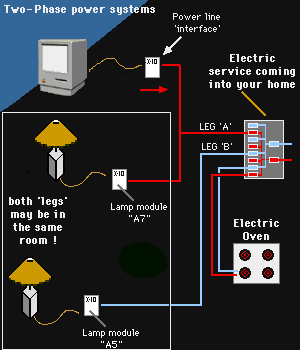



 |
Here we have the 'interface' plugged into 'Leg A' and two lamp modules each connected to a different 'LEG' of your power. and we have a "Electric Oven" which is connected to both of the 'legs' of your power. |
|
Back to Home Page |
back to the top |
Copyright 2007, Sand Hill Engineering Inc. All rights reserved.
![]()
Last modified: March 28, 2002
Michael Ferguson, webmaster@shed.com